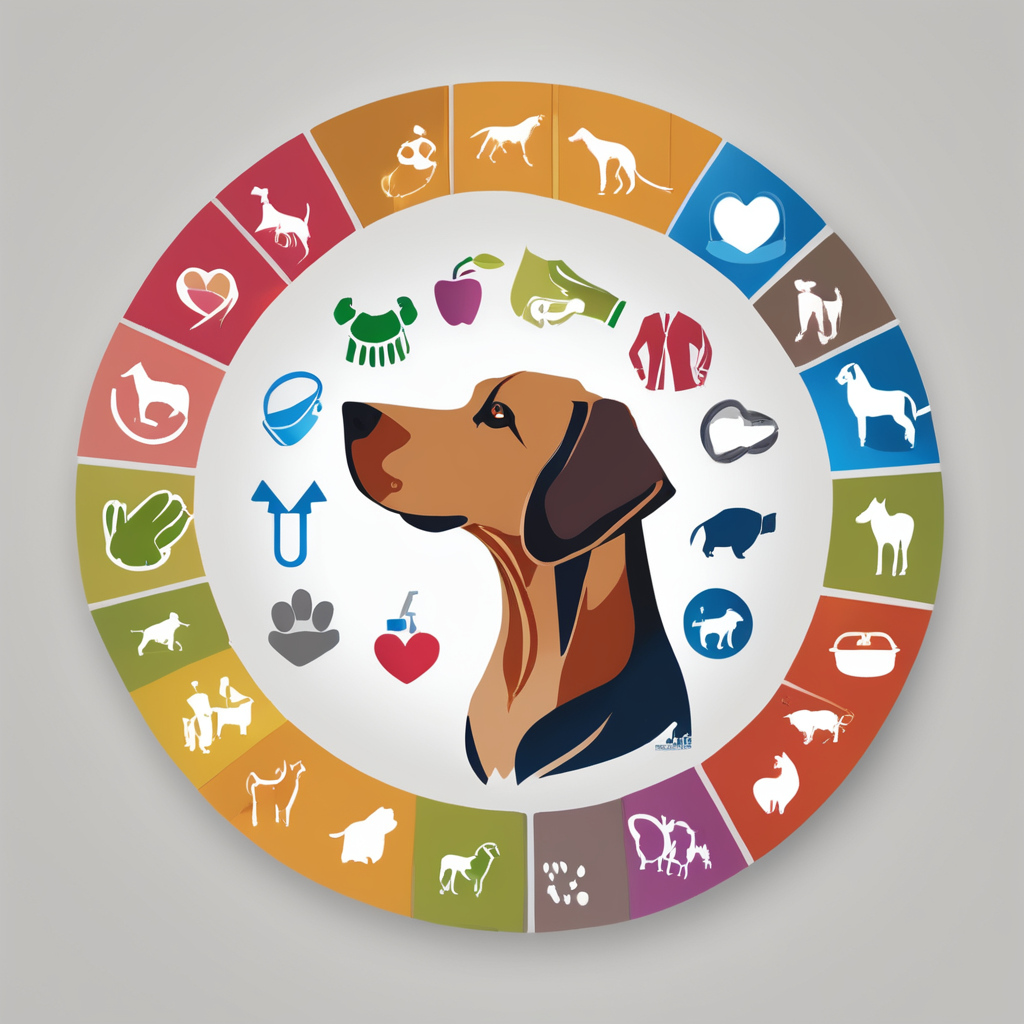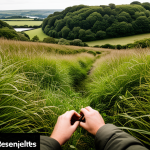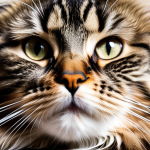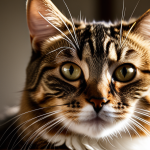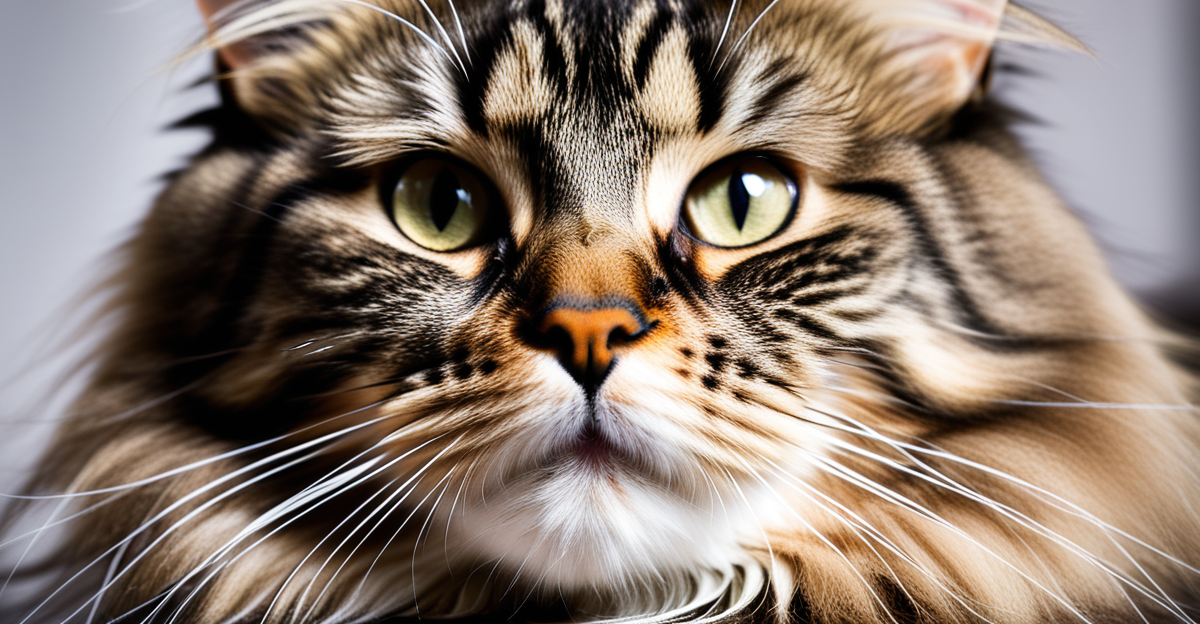Understanding Declawing and Its Implications
Declawing, often misunderstood as a simple procedure, actually involves the amputation of the last bone in a cat’s toes. This is equivalent to cutting off a human fingertip at the last knuckle. The implications for feline welfare are significant and multifaceted.
Physically, declawing exposes cats to a range of risks, including chronic pain, arthritis, and lameness. These conditions can detrimentally affect their ability to move and engage in natural behaviors, severely impacting a cat’s quality of life. Beyond the immediate physical consequences, the behavioral risks associated with declawing can be profound. Many cats experience increased aggression and anxiety, potentially leading to other undesirable behaviors like biting or avoiding the litter box. These changes arise because cats, deprived of their primary defense mechanism, feel more vulnerable.
A découvrir également : Detecting Cognitive Decline in Your Aging Dalmatian: A Comprehensive Owner’s Guide
The impact on a cat’s quality of life extends to their psychological well-being. Maine Coons, known for their playful and engaging natures, may feel particularly stressed and frustrated if declawed. For responsible pet owners, understanding these consequences is vital to ensuring the best care and maintaining their beloved companion’s welfare.
Humane Alternatives to Declawing
Providing your cat with alternatives to declawing is a cornerstone of humane cat care. Ensuring that you’re a responsible pet owner involves exploring practices that keep your feline friend comfortable and well-adjusted without resorting to declawing.
A voir aussi : Designing a Secure and Enriching Indoor Cat Garden: A Creative Handbook for Your Feline’s Well-Being
Regular Nail Trimming
Regular nail trimming is a simple yet effective method for maintaining your cat’s claws. Using tools like guillotine-style clippers or scissor-type clippers can result in a precise cut. Aim to trim just the tip to avoid discomfort. Making this a routine fosters negotiation and bonding, transforming nail trims into a cooperative effort.
Providing Scratching Posts
Scratching posts are essential for channeling your cat’s natural behaviors. Maine Coons might benefit from sturdy, tall posts that accommodate their larger size. Strategically place these in areas your cat frequents. Encourage use by sprinkling catnip or dangling toys around them.
Using Soft Paws
Soft Paws are vinyl caps that fit over your cat’s claws, preventing damage. Applying these requires patience but offers a non-invasive alternative to declawing. Long-term, they stand as a testament to responsible pet ownership, allowing your Maine Coon to retain mobility and expression while keeping your furniture safe.
Behavioral Training Techniques
Engaging in cat behavior training can significantly improve your feline’s habits without the need for declawing. At the heart of effective training lies positive reinforcement, a method highlighted by animal behaviorists for its efficacy in reshaping behaviors.
Introduction to Positive Reinforcement Methods
Positive reinforcement employs reward-based techniques to encourage desirable behavior. Cats, including Maine Coons, respond well to this approach when they associate good behavior with rewards like treats or affection. Building this connection requires consistency and patience, vital elements in reinforcing correct actions over time.
Techniques for Redirecting Scratching Behavior
Redirecting a cat’s scratching behavior can be accomplished by offering alternatives like scratching posts. Whenever your cat scratches an inappropriate surface, gently redirect them to their post. Reward them immediately when they use it, reinforcing the positive behavior.
Building a Healthy Relationship Through Play and Engagement
Play is a crucial aspect of a cat’s life. Interactive play sessions not only entertain but also strengthen the bond between you and your cat, promoting both trust and mutual understanding. Using toys that simulate prey movements can engage their natural instincts, encouraging appropriate exercise and mental stimulation. Consistent interaction ensures your Maine Coon remains well-adjusted and content.
Expert Tips and Testimonials
When navigating the complexities of responsible pet ownership, insights from professionals and owners can be invaluable.
Insights from Veterinarians
Veterinarians consistently warn of the declawing consequences, highlighting its negative impacts on feline welfare. They advise against the procedure, pointing out risks like chronic pain and behavioural changes. Many suggest regular nail trimming as a beneficial routine. Using the right equipment: guillotine or scissor clippers is key to effective maintenance. Building nail care into your routine helps ensure humane cat care.
Positive Owner Testimonials
Cat owners frequently share transformative stories from adopting alternatives to declawing. These narratives often emphasize positive experiences with tools like Soft Paws or engaging scratching posts. For many Maine Coon owners, such methods preserve their feline’s playful spirit while protecting household items. Success stories showcase how providing adequate outlets for natural scratching behavior fosters harmony.
Overall, veterinarian advice and real-life owner experiences underpin the importance of finding humane alternatives. They stress methods that prioritize comfort, allowing pets the joyful expression of their innate behaviors. Through learning and adopting responsible practices, pet owners can significantly enhance their beloved companions’ well-being.
Resources for Further Reading
For those seeking comprehensive cat care resources, various books and articles offer valuable insights. “The Cat Owner’s Maintenance Log” and “Your Maine Coon Cat’s Favorite Things” are popular choices, providing guidance on Maine Coon support and care. These resources explore everything from dietary needs to engaging your feline companion in enriching activities.
Engaging with support groups and online forums can significantly supplement your understanding of cat behavior and welfare. Platforms like The Cat Site and Maine Coon Central are bustling communities where cat owners share practical advice and personal experiences. Interacting in these spaces promotes a deeper connection with your pet’s needs.
Organizations focused on animal welfare and advocacy, such as the Humane Society and PETA, offer expansive information on Maine Coon care and ethical treatment standards. These organizations provide educational materials, workshops, and campaigns dedicated to raising awareness on issues like declawing consequences.
Exploring these resources empowers pet owners to make informed decisions prioritising their pets’ welfare, fostering a compassionate and enriching environment for their feline friends. Engaging with these materials can enhance the overall quality of life for your beloved companion.
